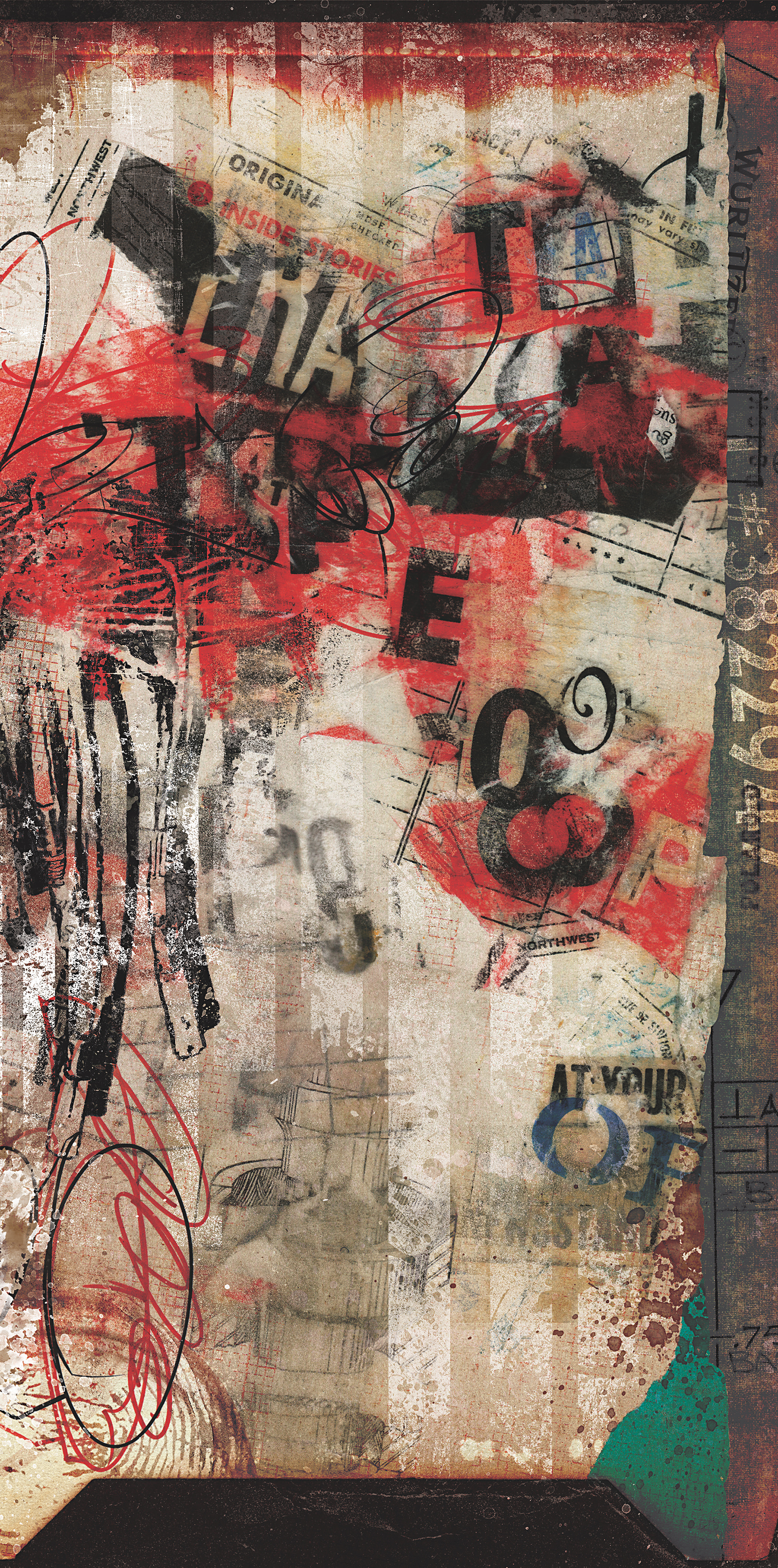“Thank you for choosing Apogee! For complete set up instructions and software downloads...” You’re welcome, but I’ll skip all that, plug the USB-C cable in, open Pro Tools, and see what happens. Okay, that worked (class-compliant). Next, I can just plug in a mic (front) and headphones (back), push the big black button to select and set volumes for my analog I/O, and boom! I’m recording. Maybe that’s why Apogee calls their newest interface “BOOM?”
Let’s back up. BOOM is a portable 2 x 2 USB-C interface that offers 24-bit/192 kHz recording with a multi-function control knob and inputs on the front – outputs are in the back. Analog I/O connections include one XLR combo mic/line/instrument input, one 1/4-inch instrument input, two TRS outputs, and one 1/4-inch headphone jack. A large black push-button rotary control knob selects and adjusts levels for inputs 1 and 2, a shared output for monitoring, and FX1 or FX2. BOOM weighs two pounds, occupies about the same amount of desktop space as a pair of studio headphones (approx. 6.5 x 4.5 x 2), and is wrapped in anodized purple aluminum.
Apart from the ease of use in a small recording setup, this little item shines as a DAC – portable or otherwise. In addition to high-resolution laptop listening, I hooked up my main studio monitors (and integrated sub) to BOOM and was floored by playback quality through its monitoring path. My only complaint regarding monitoring options is that the headphone jack is 1/4-inch instead of 1/8-inch. Most headphones are built with 1/8-inch jacks now, and I’d prefer to avoid bringing along an adapter.
Recently, I had the opportunity to review Apogee’s Duet 3 [Tape Op #150] interface. Like the Duet, BOOM is a class-compliant interface, but the Apogee Control 2 software [#149] should be installed for total desktop DAW integration. BOOM also features onboard DSP for tracking with the included Apogee FX, Symphony ECS Channel Strip [#143], and Tone King Mk II amp emulation plug-ins. The Apogee Control 2 software is also available for iOS: this can be done with a direct connection via the iPad Pro but requires a powered USB hub and an Apple Lightning to USB Camera Connector Kit [#128] for compatible iPhones and iPads. Though I did not have the opportunity to test an iOS scenario, I’m excited by the possibilities.
For test tracking I always reach for the acoustic guitar. Again, I was surprised by BOOM’s conversion quality, and its built-in mic preamp was nothing to sneer at – plenty of headroom with low distortion. A five-segment stereo LED provides input/output gain metering. This interface turned my little MacBook Air into a mobile editing suite, with BOOM playing the role of my high-resolution DAC. For about a month, I ferried BOOM with me during my commute twice a week and was able to get my audio work done on the run. The addition of the Kensington lock on the rear panel tells me that this interface is designed with education in mind but would also work well for editing stations in busy production rooms. Control 2’s loopback functionality makes BOOM a top contender in the podcasting space. With excellent results, I used BOOM (and its built-in preamp) to record video lectures for my college courses. At just under $300, BOOM is Apogee’s most inexpensive interface option with a built-in preamp. Like I said in my review of Duet 3, “When Apogee is minding my audio, I’m in a calm and confident place.” I’m definitely feeling and hearing that Apogee quality in this little purple wonder. Simple how-to videos are posted on Apogee’s website for quick set up with many popular DAWs. USB-C to USB-C/A cable and a free license for Ableton Live Lite are included with purchase.




_disp_horizontal_bw.jpg)